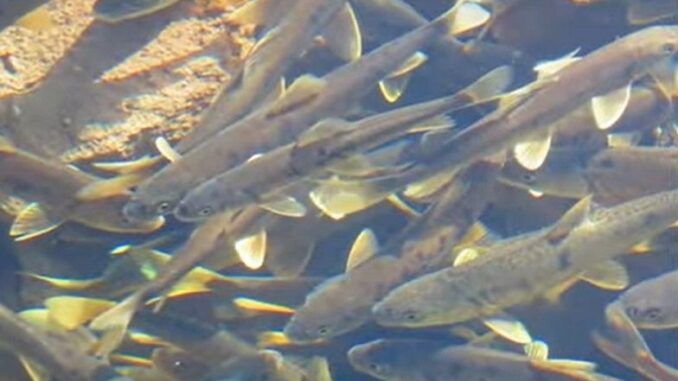
Decade long fishing ban sees significant recovery in ecology of China’s Qinghai Lake.
LARGEST SALINE LAKE IN CHINA
Once a bustling site yielding up to 10,000 tons of fish annually, Qinghai Lake has seen its ten-year fishery closure initiated in 2021, reflecting a decisive step taken to combat the consequences of over-fishing and to restore its ecological balance.
In the vast expanse of China’s Qinghai-Tibet Plateau lies Qinghai Lake, the largest saline lake in the country. Known for its stunning natural beauty, this lake has recently undergone significant changes due to human activities and environmental shifts.
Qinghai Lake’s unique saline environment, a result of thousands of years of geological and climatic transformations, poses specific challenges for aquatic life. Initially a large freshwater body, tectonic activities and climate shifts gradually transformed it into the saline lake present today.
This transformation has had profound impacts on the lake’s biodiversity, particularly its fish populations. Over the decades, as the lake became saline, many freshwater species that could not adapt to the increased salinity gradually disappeared. Despite its vast area, Qinghai Lake is home to only a few fish species, with the Qinghai Lake naked carp being the most significant.
Historical data indicate that before aggressive fishing began, the lake supported a robust population of Huan fish, a critical resource during China’s Great Famine from 1959 to 1962. However, continued fishing pressure over the years dramatically reduced the fish stocks, leading to the current strict fishery closures aimed at allowing the fish populations to recover.
Recent conservation efforts, including the implementation of fishery closures and the establishment of the Qinghai Lake Breeding and Release Station, have shown positive signs. Since 2002, over 150 million fish fry have been released into the lake, contributing to a significant recovery of the Huan fish population. In 2021, surveys indicated that the fish reserves in Qinghai Lake had rebounded to 108,000 tons, a testament to the success of these conservation measures.
The ongoing fishery closures have not only helped in replenishing the fish stocks but have also provided a crucial respite for the lake’s ecosystem to regain its health. Despite the restrictions, the size of fish in Qinghai Lake remains modest due to the slow growth rates typical in saline environments and the limited availability of suitable food. The largest recorded Qinghai Lake naked carp today are considerably smaller than those caught during the 1960s, highlighting the long-term impacts of environmental strain and over-fishing.
As Qinghai Lake continues to recover, its story is a poignant reminder of the delicate balance required to maintain ecological health and the consequences of human impact on natural resources. The ongoing efforts to conserve and restore Qinghai Lake not only support local biodiversity but also serve as a vital lesson in sustainable environmental management.
Video Source: Project Nexus, May 23, 2024. https://youtu.be/4uPmq15aJxg